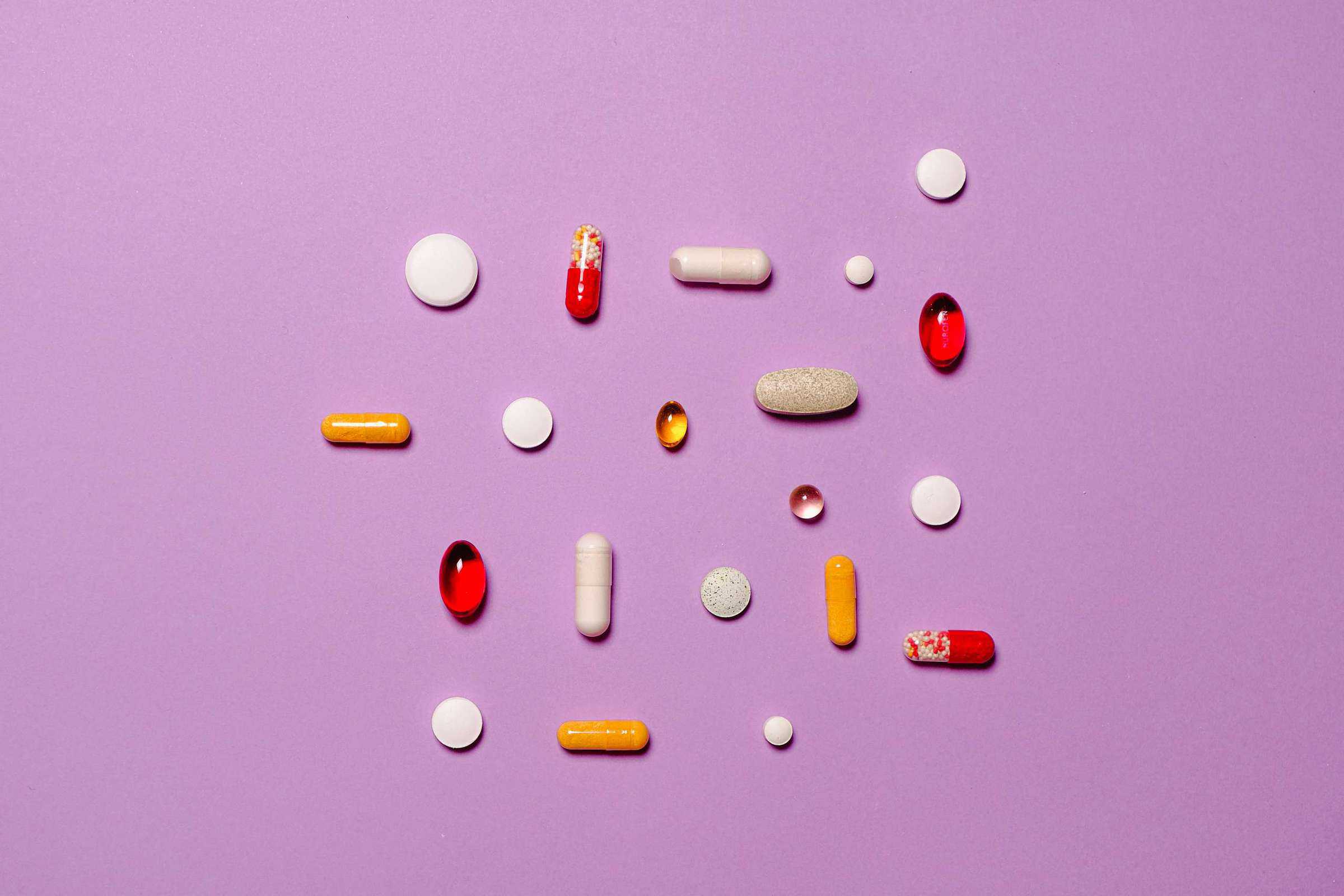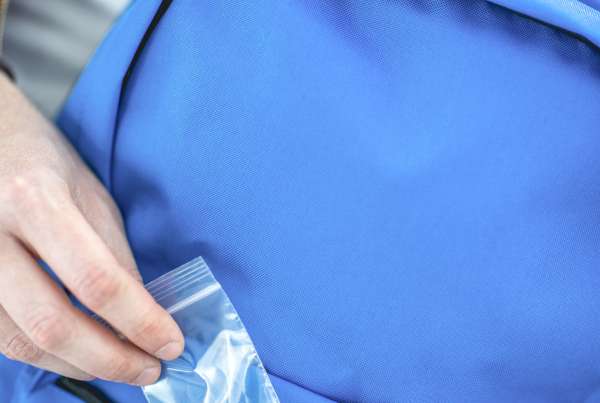Drug use can often be deadly, but some substances are much more dangerous than others – especially for teens. While there is no such thing as a safe recreational drug, synthetic drugs can be incredibly confusing in safety and legality. These substances are difficult to track and classify, and manufacturers often utilize legal loopholes to alter existing formulas minimally and evade the law’s iron fist. However, their dubious legality does not speak towards their safety.
These drugs are poorly if ever tested, are often mixed with unknown substances, and come with a long list of dangerous and, at times, lethal side effects. Teens, who are still growing and thus less physically developed than their adult counterparts, are often more susceptible to these dangerous side effects and may be more likely to meet these drugs through dealers who specifically target partygoers and young clients unaware of how dangerous these untested “legal” highs can be.
The Legal Dangers of Synthetic Drugs
While drugs like alcohol and marijuana have their fair share of dangerous effects and health concerns, particularly for underaged teens, they are more heavily regulated in most states than these synthetic drugs. The long-term and short-term effects of these drugs are well understood and studied compared to something as fresh and dangerous as a synthetic amphetamine or cannabinoid.
Synthetic drugs are human-made analogs to existing substances in nature, such as cathinone and cannabidiol, manufactured in laboratories worldwide and shipped into countries with existing or growing markets. To avoid heavy scrutiny, the legal and base ingredients for these drugs are often imported and declared for industrial or scientific use and used to create recreational synthetic medicines in domestic labs.
These drugs are structurally like existing substances heavily regulated, but different enough that these laws may not necessarily apply to them. On a biological level, these substances continue to affect the same receptors as herbal drugs like marijuana and khat – but because of their synthetic nature, the side effects and other psychological impacts can vary wildly from substance to substance, lab to lab, and person to person.
As such, they have until recently been available in gas station convenience shops in the form of aromatic products, potpourri, and other products not explicitly marketed for human consumption yet sold exclusively as a drug among those in-the-know. While regulatory bodies like the DEA continue to work hard to create and enforce legal boundaries on so-called novel psychoactive substances (synthetic drugs), slight modifications in these substances’ production can still be used to evade regulations, at least for a time.
Thankfully, the regulation of entire classifications of drugs (such as synthetic cannabinoids, synthetic cathinones, amphetamine-like substances, and other designer drugs) has dramatically reduced the sale and use of synthetic drugs the US over the last few years. But that does not mean the danger has been eliminated, and manufacturers are continuing to come up with new formulas and look for new ways to exploit legal loopholes and sell their “legal highs.”
Main Types of Synthetic Drugs
Enough research and ingenuity can lead to developing any number of synthetic drugs or designer drugs, usually explicitly designed to mimic an existing substance or elicit several effects. However, most synthetic drugs can be divided into three popular categories: artificial stimulants (traditionally based on amphetamines), synthetic cathinones, and synthetic cannabinoids.
Synthetic Stimulants (Amphetamine-Like Drugs)
Synthetic stimulants are often designed to affect the same receptors as amphetamines, but with many common side effects past the stimulant effect. These include:
- Hallucinations and drug-induced psychosis
- Nightmares
- Nausea and stomach issues
- Headaches
- Brain damage
- Kidney damage
- Liver damage
Synthetic Cannabinoids
While there have not been any overdoses caused by cannabis, cannabinoids are multiple times more potent than their natural analog – and may cause death. They have grown popular on the dark web. Some teens may underestimate the potency and lethality of synthetic cannabis because they’ve heard that the real stuff isn’t as dangerous as other drugs – but synthetic cannabinoids only share their target receptors and are otherwise very different substances. Other side effects include:
- Intense nausea
- Paranoia
- Delusions
- Intense heartbeat
- Suicidal ideation
Synthetic Cathinones
Sometimes known as “bath salts,” these designer drugs are analogous to the psychoactive substance found in khat, an Ethiopian flowering plant used locally for its stimulant effects. However, like synthetic cannabis, synthetic cathinones are much more potent than the real thing and subsequently much more dangerous. Common side effects include:
- Lowered inhibition towards strangers
- Paranoia
- Delusions and hallucinations
- Increased agitation (to an extreme degree)
- Heightened libido
- Panic attacks
Recognizing Synthetic Drugs
Synthetic drugs will be marketed as legal highs, often in various household products not meant for human consumption (to evade regulations through the FDA). Examples of different household products usually sold as legal highs include:
- Jewelry cleaners
- Phone screen cleaners
- VCR head cleaners
- Potpourri
- Scent makers
- Plant food/fertilizer
- Bath salts
- And more
Brand names, on the other hand, are near-infinite in their variations and potential meanings. Common ones include Spice, Bliss, Vanilla Sky, Cloud Nine, and countless different versions thereof. The chances are that if you see a no-brand or unknown cleaning product sold as a whitish or brown crystalline powder, with a name that has little to do with its efficacy as a detergent or stain remover, it is probably best to stay away or do some additional research. These synthetic drugs are usually sold in crystal or powder form to be dissolved, injected, snorted, smoked, or ingested. When sold as potpourri, they may be sprayed onto thin strips of colored paper.
Talking to Your Teen About Synthetic Drugs
The dangers in synthetic drugs lie not only in their completely untested nature and a long list of lethal side effects, but also in the fact that no regulatory bodies are controlling the design, manufacture, and packaging of these drugs, meaning:
- Some batches will be much stronger than others.
- Some paper strips will be more deeply saturated than the next.
- Any given dose (due to these dangerous inconsistencies) could contain a lethal level of the drug.
These drugs are inherently more hazardous than others. Teens are wont to experiment. But these drugs are far too dangerous to experiment with. Be sure your teen knows and understands the moneymaking scheme behind these so-called “legal highs” and their inherent random lethality.






